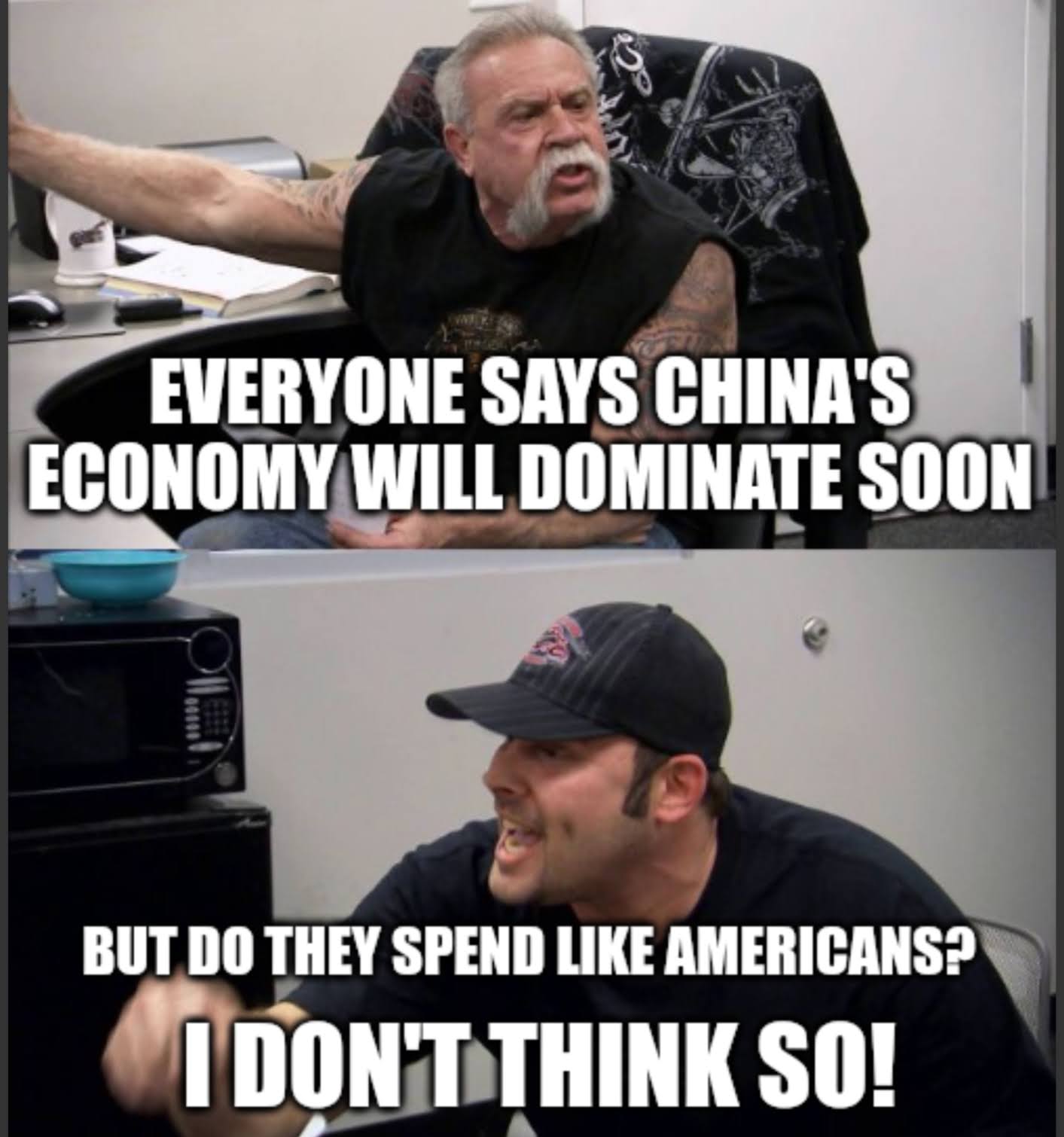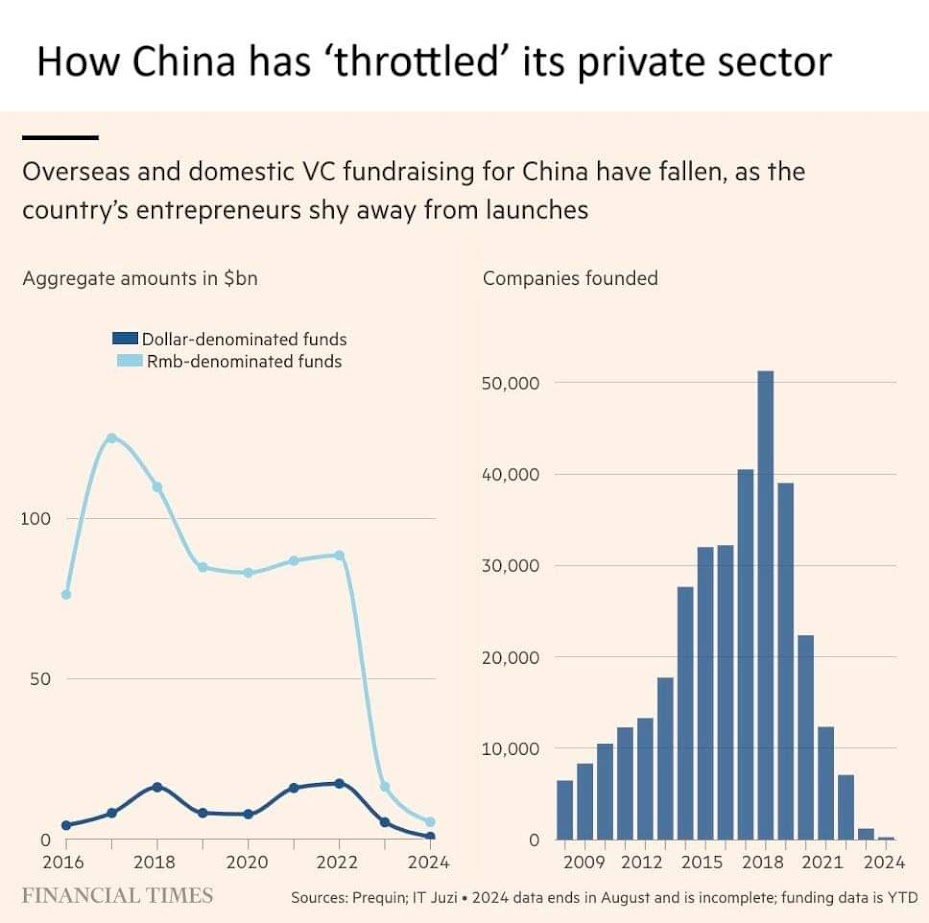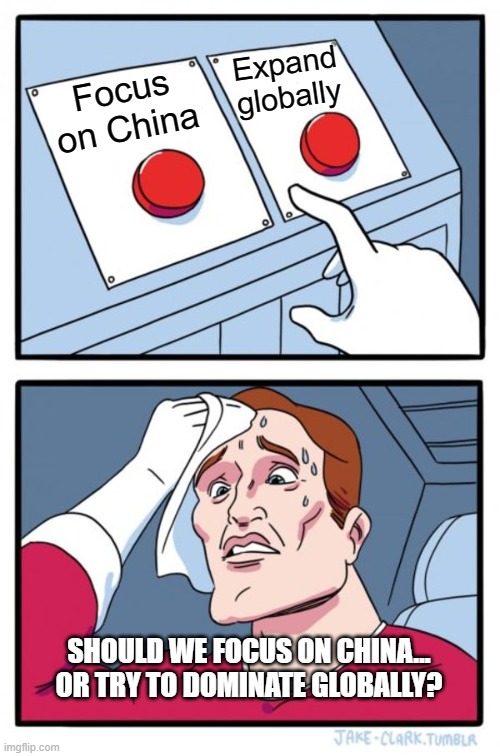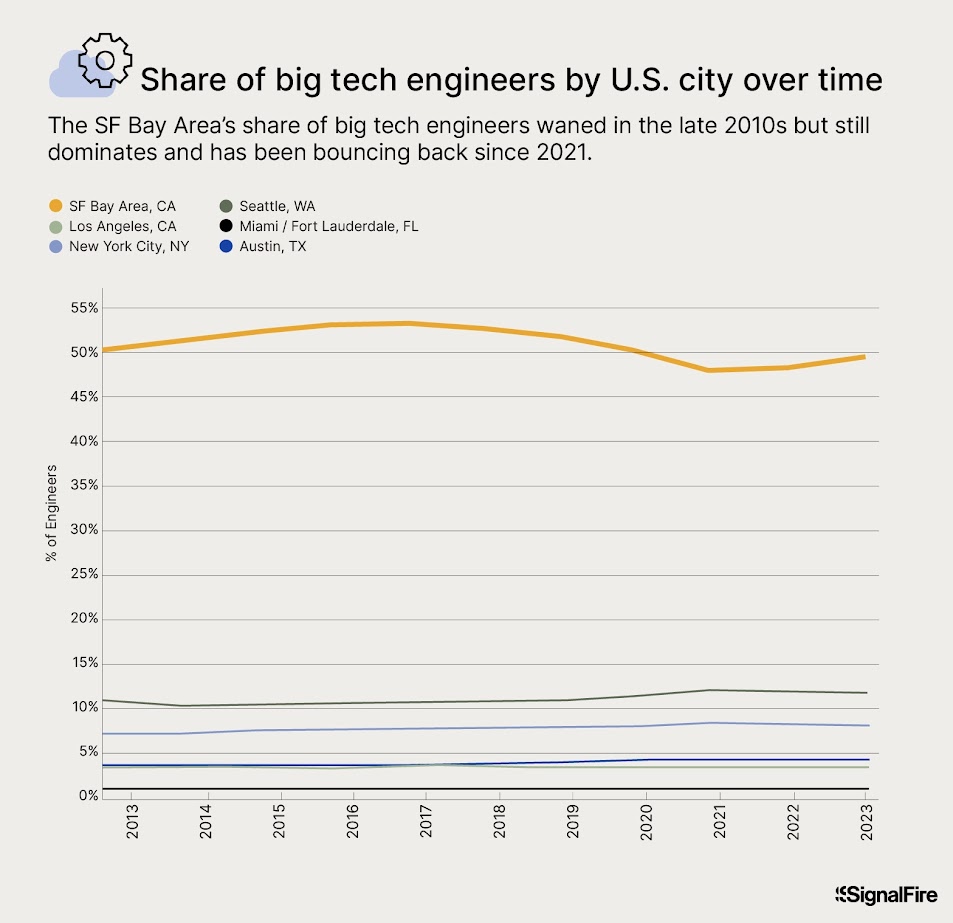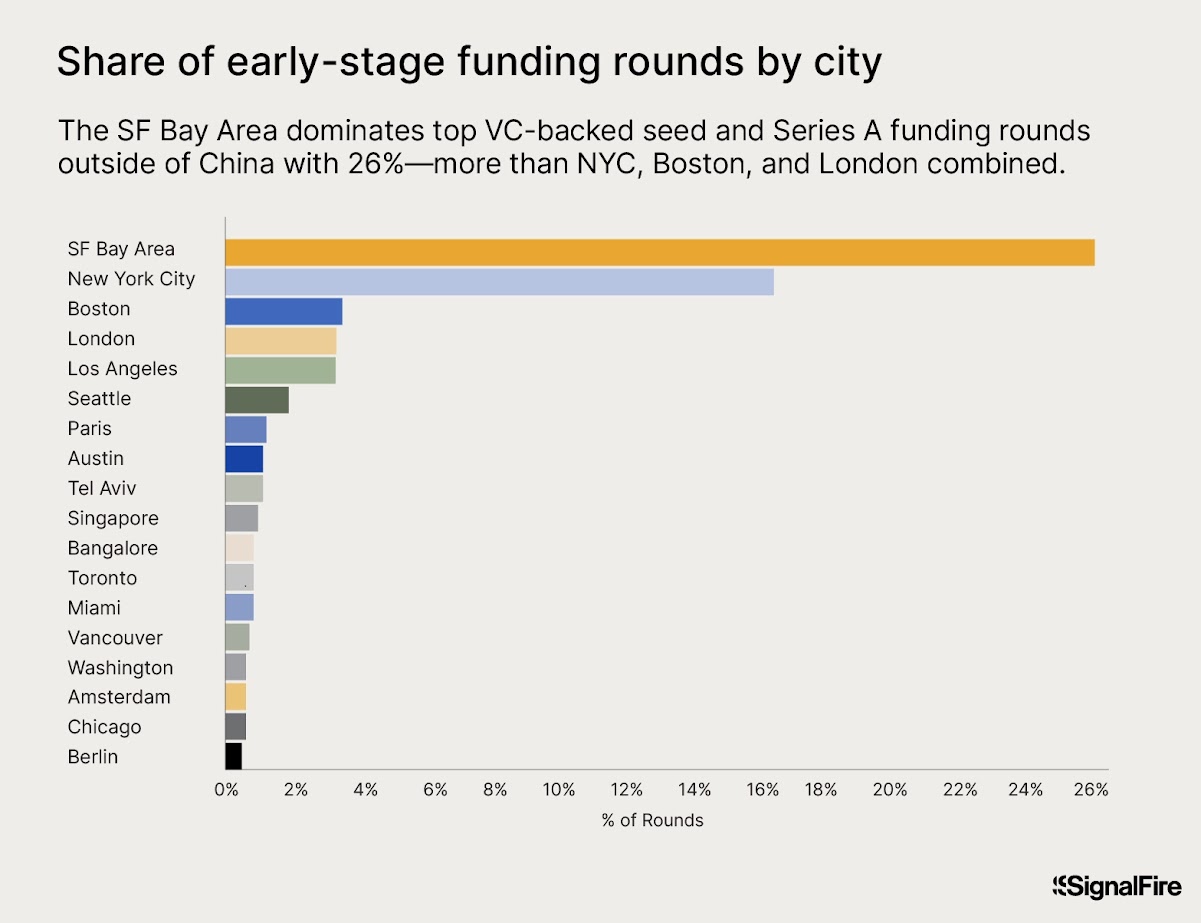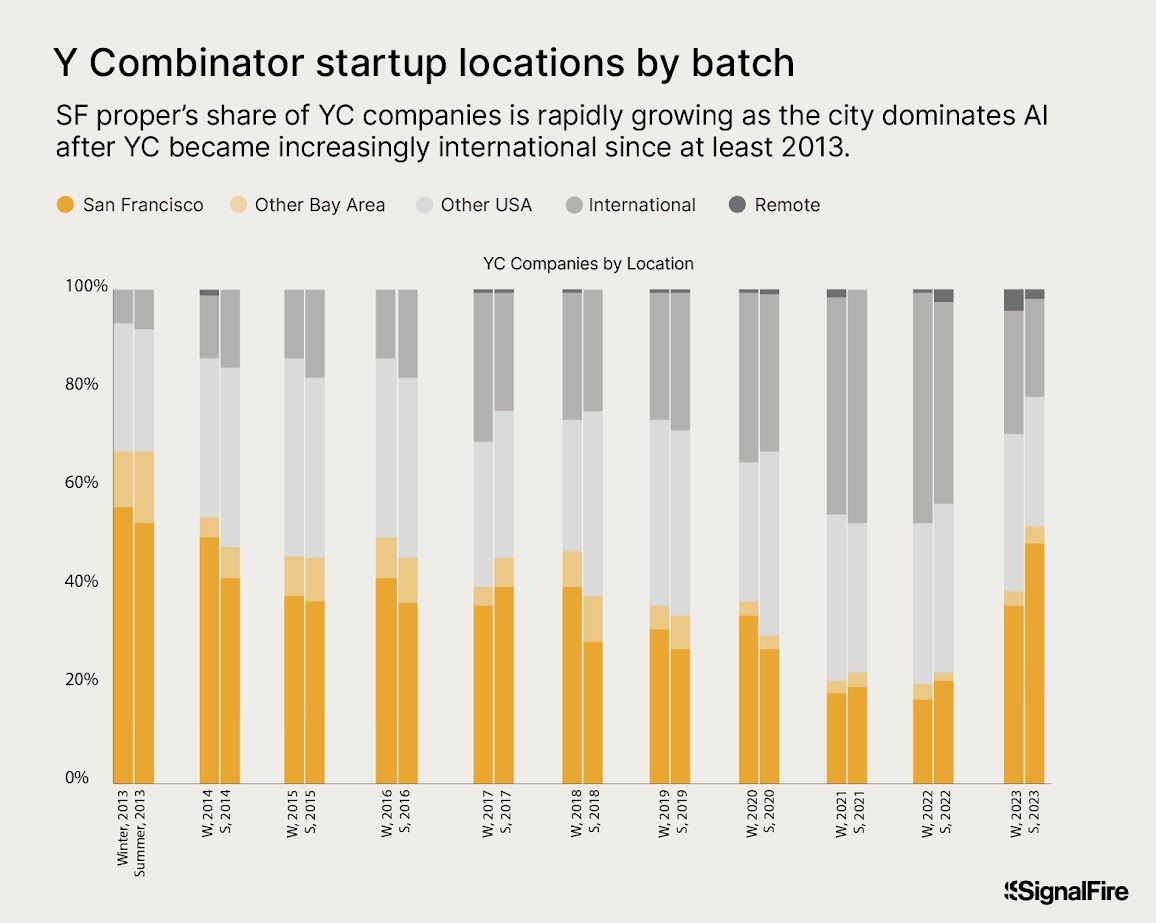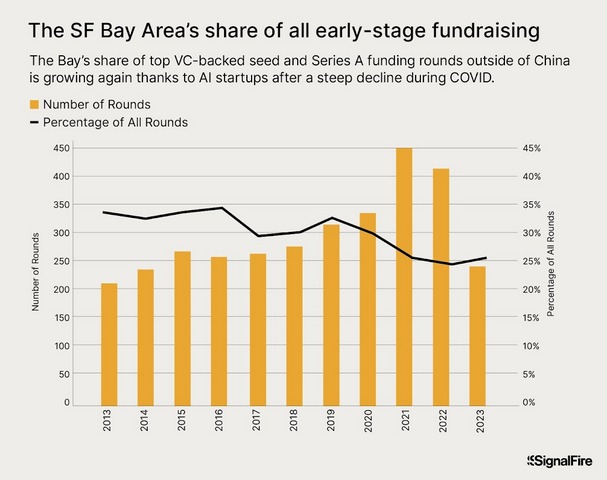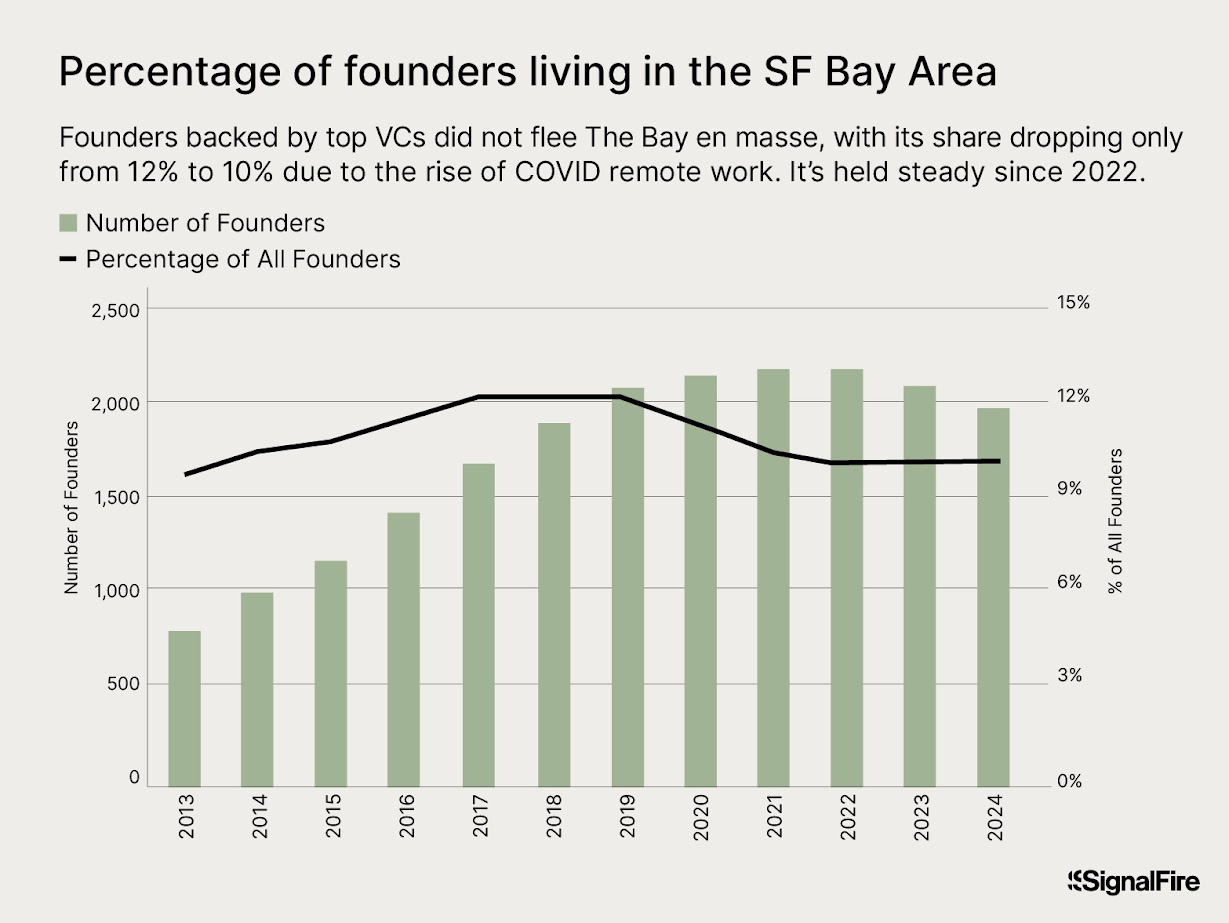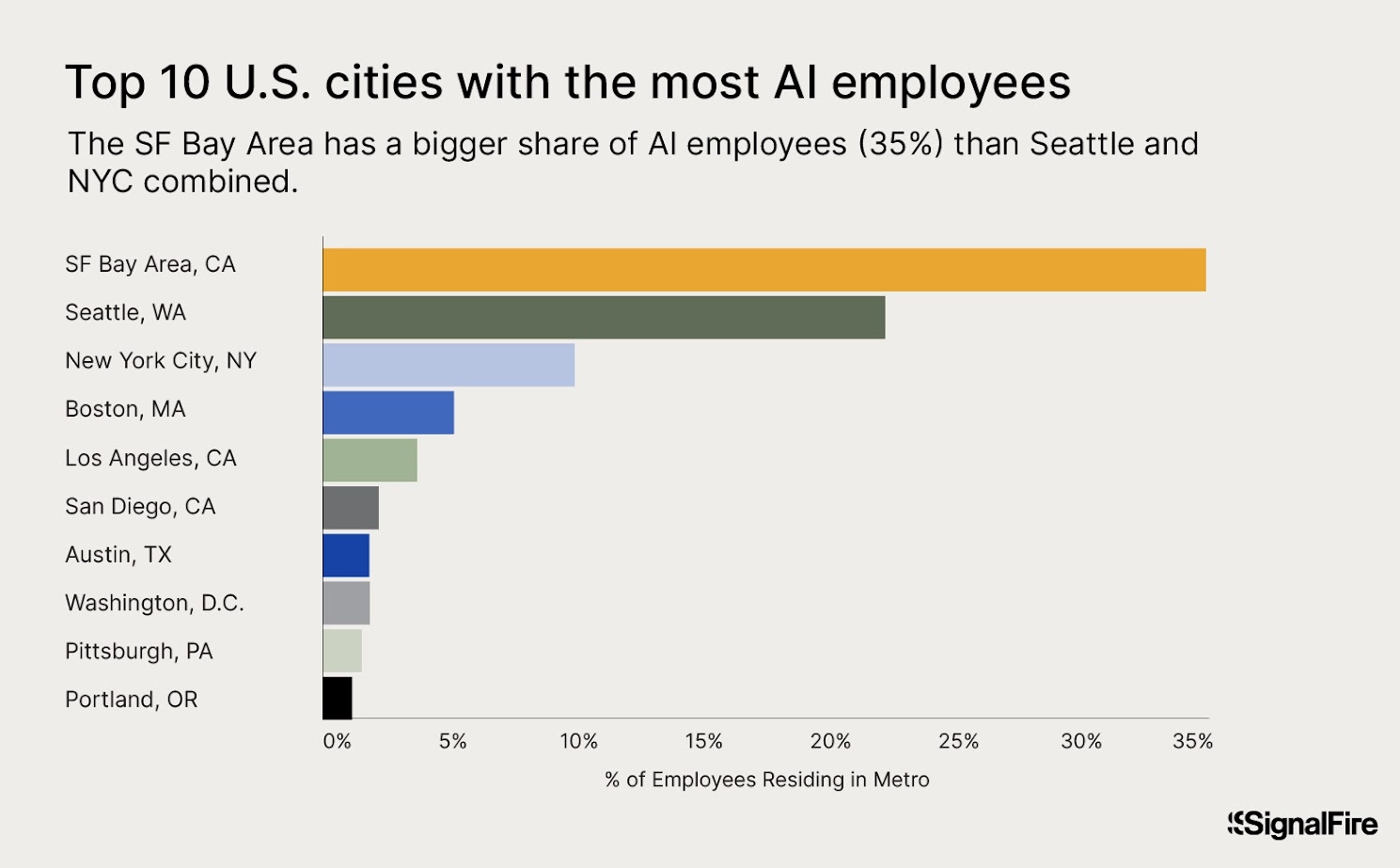Many non-Americans underestimate the significance of the American market, often comparing it to the rapidly growing Chinese economy in terms of GDP. However, the real value of the American market lies not just in its share of global GDP but in its unparalleled proportion of worldwide consumption.
Dominance in Various Sectors
Brokerage Services
The United States accounts for approximately 50-60% of the clients of the world’s largest brokerage firms. Companies like Charles Schwab, Fidelity, Vanguard, and JP Morgan, each boasting around 50 million clients, illustrate the substantial role the U.S. plays in the global brokerage landscape.
Advertising
In 2024, the U.S. is projected to hold about 45% of the global advertising market by expenditure. This positions it as the largest advertising market globally, leading significantly in digital ads, television, and other media.
Transportation
The American market also plays a pivotal role in the logistics and transportation sector, holding about 25-30% of global revenue in freight and passenger transport. This is due to its extensive use of vehicles for freight, a well-developed network of roads, and a significant volume of passenger transport by cars and buses.
Gaming Industry
Regarding the gaming market, the U.S. claims approximately 30-35% of the global consumption in monetary terms. High income levels, advanced technological infrastructure, and the cultural significance of gaming in the country contribute to this dominance.
Financial Services
The U.S. market’s consumption of financial services is also noteworthy, making up about 35-40% of the global market. The high level of public engagement with banking services, investments, and insurance products underscores the dominance of the U.S. financial market.
Telecommunications
In telecommunications, the U.S. accounts for about 20-25% of global consumption, including mobile services, broadband, and other communication services, highlighting its significance in the sector.
Defense and Pharmaceuticals
Furthermore, the U.S. comprises roughly 35-40% of global expenditure on military hardware, including significant domestic purchases and international military contracts, making it the largest market in the defense industry. Lastly, about 45-50% of global pharmaceutical consumption by value happens in the U.S., with high spending on drugs, large sales volumes, and the extensive use of innovative medications.
Conclusion
Despite ongoing predictions of the dollar’s demise, the U.S. economy continues to thrive, supported by its status as the reserve currency, substantial government debt and budget deficits, and successful Treasury sales. The dollar remains the strongest global currency, demonstrating the enduring strength and influence of the American market.
